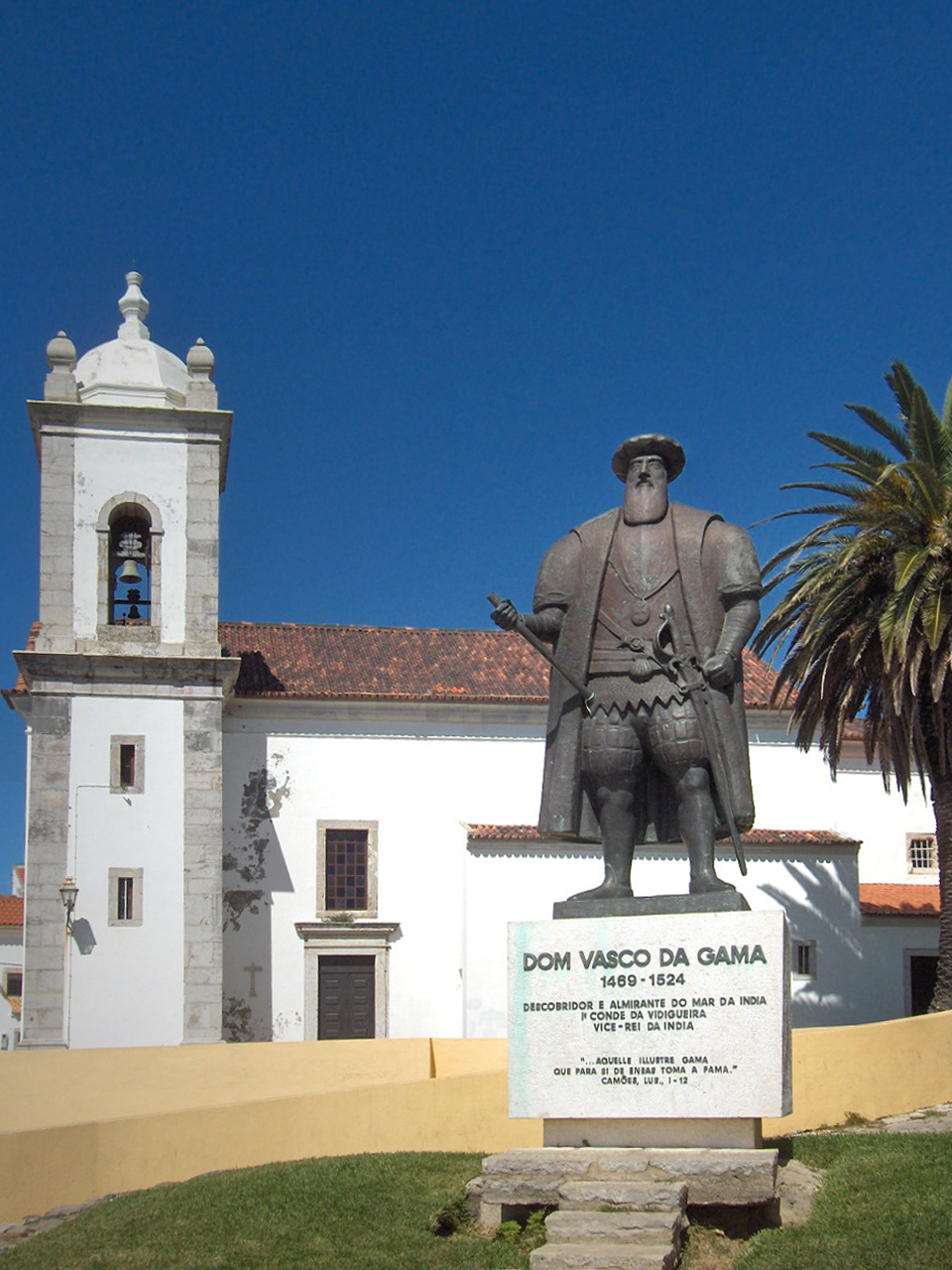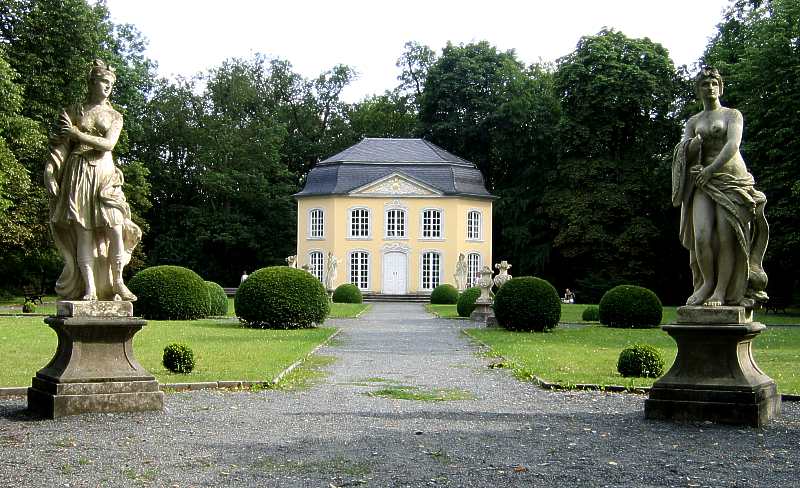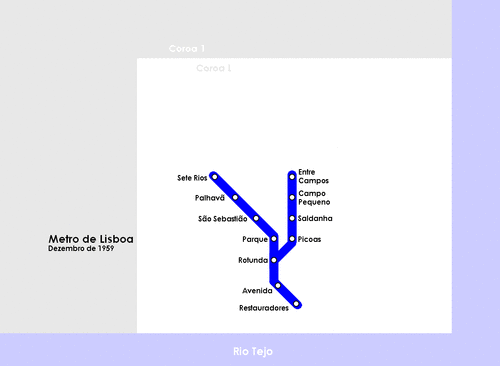|
Expo '98
Expo '98 (1998 Lisbon World Exposition) was an official specialised World's Fair held in Lisbon, Portugal from Friday, 22 May to Wednesday, 30 September 1998. The theme of the fair was "The Oceans, a Heritage for the Future", chosen in part to commemorate 500 years of Portuguese discoveries. The Expo received around 11 million visitors in 132 days, while 143 countries and many organizations were represented. Before The idea to organize a World's Fair in Portugal originated in 1989 between two Portuguese, António Taurino Mega Ferreira and Vasco Graça Moura, who were in charge of organizing the commemoration of the 500th anniversary of Vasco da Gama's arrival in India in 1498. Once government support was obtained, Ferreira led the bid at the Bureau International des Expositions, which in 1992 declared Lisbon the winner, against the other contender Toronto, Canada. The state-owned company ''Parque Expo'' was formed to make the Fair a self-sustaining event, with revenue coming ... [...More Info...] [...Related Items...] OR: [Wikipedia] [Google] [Baidu] |
Lisbon
Lisbon (; pt, Lisboa ) is the capital and largest city of Portugal, with an estimated population of 544,851 within its administrative limits in an area of 100.05 km2. Grande Lisboa, Lisbon's urban area extends beyond the city's administrative limits with a population of around 2.7 million people, being the List of urban areas of the European Union, 11th-most populous urban area in the European Union.Demographia: World Urban Areas - demographia.com, 06.2021 About 3 million people live in the Lisbon metropolitan area, making it the third largest metropolitan area in the Iberian Peninsula, after Madrid and Barcelona. It represents approximately 27% of the country's population. [...More Info...] [...Related Items...] OR: [Wikipedia] [Google] [Baidu] |
Vasco Da Gama
Vasco da Gama, 1st Count of Vidigueira (; ; c. 1460s – 24 December 1524), was a Portuguese explorer and the first European to reach India by sea. His initial voyage to India by way of Cape of Good Hope (1497–1499) was the first to link Europe and Asia by an ocean route, connecting the Atlantic and the Indian oceans. This is widely considered a milestone in world history, as it marked the beginning of a sea-based phase of global multiculturalism. Da Gama's discovery of the sea route to India opened the way for an age of global imperialism and enabled the Portuguese to establish a long-lasting colonial empire along the way from Africa to Asia. The violence and hostage-taking employed by da Gama and those who followed also assigned a brutal reputation to the Portuguese among India's indigenous kingdoms that would set the pattern for western colonialism in the Age of Exploration. Traveling the ocean route allowed the Portuguese to avoid sailing across the highly disputed Medit ... [...More Info...] [...Related Items...] OR: [Wikipedia] [Google] [Baidu] |
Leonardo Da Vinci
Leonardo di ser Piero da Vinci (15 April 14522 May 1519) was an Italian polymath of the High Renaissance who was active as a painter, Drawing, draughtsman, engineer, scientist, theorist, sculptor, and architect. While his fame initially rested on his achievements as a painter, he also became known for #Journals and notes, his notebooks, in which he made drawings and notes on a variety of subjects, including anatomy, astronomy, botany, cartography, painting, and paleontology. Leonardo is widely regarded to have been a genius who epitomized the Renaissance humanism, Renaissance humanist ideal, and his List of works by Leonardo da Vinci, collective works comprise a contribution to later generations of artists matched only by that of his younger contemporary, Michelangelo. Born Legitimacy (family law), out of wedlock to a successful Civil law notary, notary and a lower-class woman in, or near, Vinci, Tuscany, Vinci, he was educated in Florence by the Italian painter and sculptor ... [...More Info...] [...Related Items...] OR: [Wikipedia] [Google] [Baidu] |
Lisboa - Torre Vasco Da Gama 2
Lisbon (; pt, Lisboa ) is the capital and largest city of Portugal, with an estimated population of 544,851 within its administrative limits in an area of 100.05 km2. Grande Lisboa, Lisbon's urban area extends beyond the city's administrative limits with a population of around 2.7 million people, being the List of urban areas of the European Union, 11th-most populous urban area in the European Union.Demographia: World Urban Areas - demographia.com, 06.2021 About 3 million people live in the Lisbon metropolitan area, making it the third largest metropolitan area in the Iberian Peninsula, after Madrid and Barcelona. It represents approximately 27% of the country's population. [...More Info...] [...Related Items...] OR: [Wikipedia] [Google] [Baidu] |
Pavilion Of The Portugal At The 1998 Lisbon World Exposition
In architecture, ''pavilion'' has several meanings: * It may be a subsidiary building that is either positioned separately or as an attachment to a main building. Often it is associated with pleasure. In palaces and traditional mansions of Asia, there may be pavilions that are either freestanding or connected by covered walkways, as in the Forbidden City (Chinese pavilions), Topkapi Palace in Istanbul, and in Mughal buildings like the Red Fort. * As part of a large palace, pavilions may be symmetrically placed building ''blocks'' that flank (appear to join) a main building block or the outer ends of wings extending from both sides of a central building block, the ''corps de logis''. Such configurations provide an emphatic visual termination to the composition of a large building, akin to bookends. The word is from French (Old French ) and it meant a small palace, from Latin (accusative of ). In Late Latin and Old French, it meant both ‘butterfly’ and ‘tent’, because ... [...More Info...] [...Related Items...] OR: [Wikipedia] [Google] [Baidu] |
Santiago Calatrava
Santiago Calatrava Valls (born 28 July 1951) is a Spanish architect, structural engineer, sculptor and painter, particularly known for his bridges supported by single leaning pylons, and his railway stations, stadiums, and museums, whose sculptural forms often resemble living organisms. His best-known works include the Olympic Sports Complex of Athens, the Milwaukee Art Museum, the Turning Torso tower in Malmö, Sweden, the World Trade Center Transportation Hub in New York City, the Auditorio de Tenerife in Santa Cruz de Tenerife, the Margaret Hunt Hill Bridge in Dallas, Texas, and his largest project, the City of Arts and Sciences and Opera House in his birthplace, Valencia. His architectural firm has offices in New York City, Doha, and Zürich. Early life Calatrava was born on 28 July 1951, in Benimàmet, an old municipality now part of Valencia, Spain. His Calatrava surname was an old aristocratic one from medieval times, and was once associated with an order of knights in S ... [...More Info...] [...Related Items...] OR: [Wikipedia] [Google] [Baidu] |
Gare Do Oriente
Gare do Oriente (), or alternately, the ''Lisbon Oriente Station'' is one of the main Portuguese intermodal transport hubs, and is situated in the civil parish of Parque das Nações, municipality of Lisbon. History In 1994, the station was proposed as part of the modernization of the Linha do Norte, a modification to the rail line to facilitate the future development of a new station in eastern Lisbon. Located along Avenida D. João II, over Avenida de Berlim and Rua Conselheiro Mariano de Carvalho, the station was planned to occupy the lands once occupied by Apeadeiro dos Olivais, which was demolished in the 1990s in order to make way for the new station. Bids for building the project on lands to be used for the 1998 exposition were solicited internationally. The concept was originally designed by Spanish architect Santiago Calatrava in 1995, and built by Necso. The station was inaugurated on 19 May 1998, as part of the celebrations marking the opening of the Expo '98 world' ... [...More Info...] [...Related Items...] OR: [Wikipedia] [Google] [Baidu] |
Lisbon Metro
The Lisbon Metro ( pt, Metropolitano de Lisboa) is the rapid transit system in Lisbon, Portugal. Opened in December 1959, it was the first metro system in Portugal. , the system's four lines total of route and serve 56 stations. History Initial plans The idea of building a system of underground railways for the city of Lisbon first arose in 1888. It was first proposed by Henrique de Lima e Cunha, a military engineer who had published a proposal in the journal ''Obras Públicas e Minas'' ''(Public Works and Mines)'' for a network with several lines that could serve the Portuguese capital. Concrete plans took longer to evolve, though. Lanoel Aussenac d'Abel and Abel Coelho presented theirs in 1923, and José Manteca Roger and Juan Luque Argenti theirs one year later, in 1924. None of these plans were carried out. After World War II, in which Portugal remained neutral, the national economy took off and the financial possibilities arising from the Marshall Plan provided a stro ... [...More Info...] [...Related Items...] OR: [Wikipedia] [Google] [Baidu] |
Vasco Da Gama Bridge
The Vasco da Gama Bridge ( pt, Ponte Vasco da Gama; ) is a cable-stayed bridge flanked by viaducts that spans the Tagus River in Parque das Nações in Lisbon, the capital of Portugal. It is the second longest bridge in Europe, after the Crimean Bridge, the longest one in the European Union. It was built to alleviate the congestion on Lisbon's 25 de Abril Bridge, and eliminate the need for traffic between the country's northern and southern regions to pass through the capital city. Construction began in February 1995; the bridge was opened to traffic on 29 March 1998, just in time for Expo 98, the World's Fair that celebrated the 500th anniversary of the discovery by Vasco da Gama of the sea route from Europe to India. Along with the 25 de Abril Bridge, the Vasco da Gama is one of two bridges that span the Tagus River in Lisbon. Description The bridge carries six road lanes, with a speed limit of , the same as that on motorways, except on one section which is limited to ... [...More Info...] [...Related Items...] OR: [Wikipedia] [Google] [Baidu] |
Tagus
The Tagus ( ; es, Tajo ; pt, Tejo ; see #Name, below) is the longest river in the Iberian Peninsula. The river rises in the Montes Universales near Teruel, in mid-eastern Spain, flows , generally west with two main south-westward sections, to empty into the Atlantic Ocean in Lisbon. Its Tagus Basin, drainage basin covers – exceeded in the peninsula only by the Douro. The river is highly used. Several dams and diversions supply drinking water to key population centres of central Spain and Portugal; dozens of hydroelectric stations create power. Between dams it follows a very constricted course, but after Castle of Almourol, Almourol, Portugal it has a wide alluvium, alluvial valley, floodplain, prone to flooding. Its mouth is a large estuary culminating at the major Port of Lisbon, port, and Portuguese capital, Lisbon. The source is specifically: in political geography, at the Fuente de García in the Frías de Albarracín municipality; in physical geography, within ... [...More Info...] [...Related Items...] OR: [Wikipedia] [Google] [Baidu] |



.jpg)



.jpg)
.jpg)